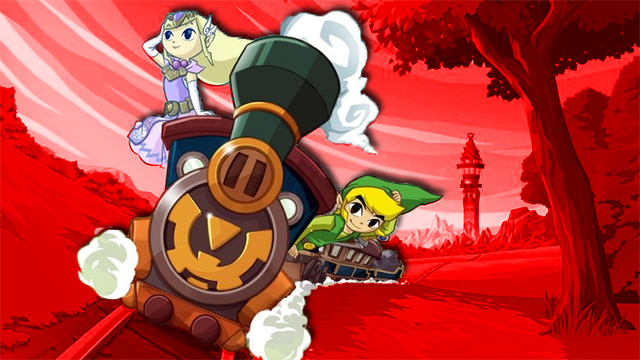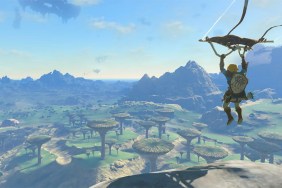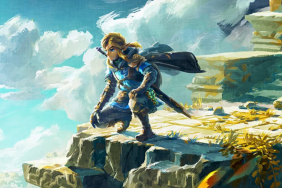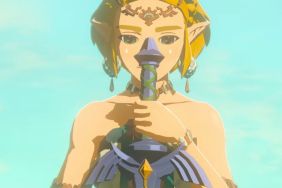Nearly every game in The Legend of Zelda series has been critically acclaimed (beyond the cursed CD-I titles that we have collectively tried to forget about), but only a select few get brought up in discussions of the best Zelda game. That honor is typically reserved for the like of Ocarina of Time, A Link to the Past, A Link Between Worlds, and Breath of the Wild. One title that deserves to be mentioned in the same breath of them is 2009’s The Legend of Zelda: Spirit Tracks, which turns 10 years old today.
However, no discussion about Spirit Tracks can be had without first talking about its direct predecessor, The Legend of Zelda: Phantom Hourglass. The two titles share the same core gameplay style, which proved to be divisive among hardcore Zelda fans. Rather than using the buttons on the Nintendo DS, both titles were played entirely via touch controls. Players used the stylus to direct Link around the map, tapped on enemies to attack them with their sword, and drew out boomerang paths. It was all very easy to use, but there is a certain segment of players that will never gel with touch-based controls. Those that did enjoy it were treated to a great follow-up to Wind Waker, albeit one with an annoying centralized dungeon that players had to visit multiple times throughout its story.
ALSO: The Alien: Isolation Switch port remains terrifying due to its unkillable antagonist
Spirit Tracks isn’t a direct sequel to Phantom Hourglass, as it takes place roughly 100 years after those events occur, but it does share the same universe as it and several connections. All of the action takes place in the land of New Hyrule, which was founded by Tetra at the end of the previous game. Players get to meet the great-granddaughter of Tetra, who is the current time’s Zelda. She quickly joins Link on an adventure to figure out why the titular train tracks are disappearing throughout the land.
The Legend of Zelda: Spirit Tracks is some of the best touchscreen gaming ever made
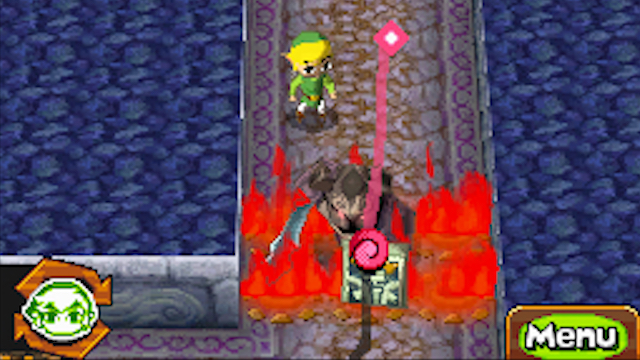
Similar to Wind Waker, Phantom Hourglass revolved around sailing through the ocean and discovering new islands and places to go. Spirit Tracks replaces it with a steam train, and while it isn’t quite as open as its predecessor (players discover and repair old tracks rather than create new ones), it still makes traversal a fun experience. Players have the ability to change the Spirit Train’s speed, use the whistle to warn animals, and even use a cannon to fend off any attacks (similar to taking out pirates and sea monsters in Phantom Hourglass).
Phantom Hourglass‘ centralized dungeon, the Tower of Spirits, is one area where the game improves upon the series’ formula. Thankfully, there’s now a spiral staircase that allows players to quickly access new floors rather than going through the same puzzles again in order to advance the story. Complementing this are a bunch of traditional Zelda dungeons scattered throughout New Hyrule, which house some of the best puzzle and boss design in the series and all brilliantly used both screens of the system.
Spirit Tracks also features one of the most fun stories in any Zelda game. Rather than aspiring to be a great warrior, this Link just wants to be an engineer. It’s only when he and Zelda are ambushed by the evil Chancellor Cole, who separates Zelda’s spirit from her body, that Link has to pick up a sword. However, Zelda’s spirit still accompanies Link throughout the entire story, and this plays into a lot of the puzzle solving as she allows Link to use a special flute (which has players blowing into the Nintendo DS’ microphone to operate) that is able to restore the disappearing train tracks.
Even though Zelda is in danger, this isn’t your typical “Link has to rescue the princess” story since her accompaniment is an important aspect of the narrative. It allows for her personality to come across to the player directly because she’s part of the adventure rather than waiting to be rescued the entire time.
Spirit Tracks is a perfect fit for the Nintendo DS
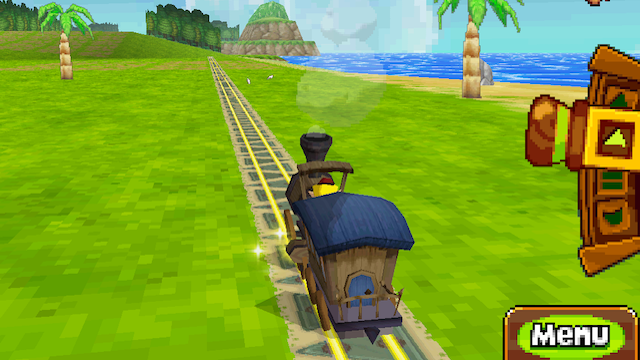
Zelda and Link have to work together throughout their adventure, and they eventually figure out how to control the Phantom Guardians that are seen in several dungeons. This is a cool callback from Phantom Hourglass, as they were an important part of the game’s multiplayer mode. Again taking full advantage of the system the game is on, players are able to draw a path for the Phantom Guardian to walk and attack on with the stylus. This winds up being important when scaling the Tower of Spirits as it is filled with dangerous foes.
The strongest reason why Spirit Tracks is an all-time great Zelda game is that it truly takes advantage of the system in ways that very few games did. It utilized every aspect of the Nintendo DS from its multiple screens to touch input and its microphone. The only feature it didn’t use was closing the lid, which Phantom Hourglass already used for one of its most brilliant puzzles. While its control scheme may not click with everyone, it managed to refine the touch-based combat and puzzle solving to near-perfection. It’s truly a game that could have only been designed for the Nintendo DS, and that limits how easily enjoyed it is today as even the emulated Wii U Virtual Console port feels a bit awkward to play. However, on a DS or 3DS, the game’s design truly shines through.
It may have not shaken up the Zelda formula a tremendous degree like A Link Between Worlds and Breath of the Wild did, but there are enough unique elements of Spirit Tracks for it to resonate all these years later. From its stellar story that proved that Zelda can be more than just a generic damsel in distress to its memorable boss battles, it is still a great experience 10 years later. It remains as one of the best Zelda games ever made and its 10th anniversary is a wonderful time to be reminded of its impact.
